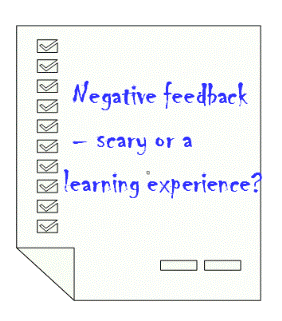Negative feedback in your newsletter?
If you write a newsletter, or even a blog or magazine, and you include a feedback or testimonials section, do you censor them? You have more control over newsletter content and testimonials than over comments posted in your blog, but how do you best use that control?
If you get a lot of feedback, then it is likely you will only add some of it to your newsletter each time or it would be overwhelming for your readers.
However, if you generally add all feedback into your newsletter or present it in your blog, what do you do with negative feedback?
Negative feedback responses
If the feedback is inappropriate, nasty or irrelevant (e.g. feedback from someone who isn’t even a customer or newsletter subscriber), delete it and forget it.
On the other hand, if it is constructive criticism (or at least true information, even if it isn’t presented constructively!) include it in your newsletter with your response – making sure your response shows how you are improving your service/product.
Including and responding to negative feedback (assuming it isn’t the majority of the feedback you publish!) builds trust in your readers as you are being honest – they will trust the positive feedback more, too. It also gives a balanced view to your newsletter.
You may find that the negative comments you include will be small issues that people can happily accept, so you can gain the above advantages without damaging your name at all.
Regardless of the content of the feedback, remember to thank people in your newsletter to encourage further comments and feedback – the more feedback you get, the more opportunity you have for improvement in your business. Feedback can also build a feeling of community and belonging amongst your readers.



Recent Comments